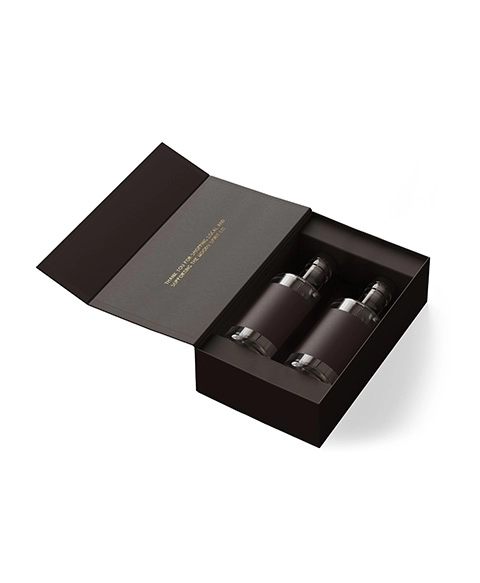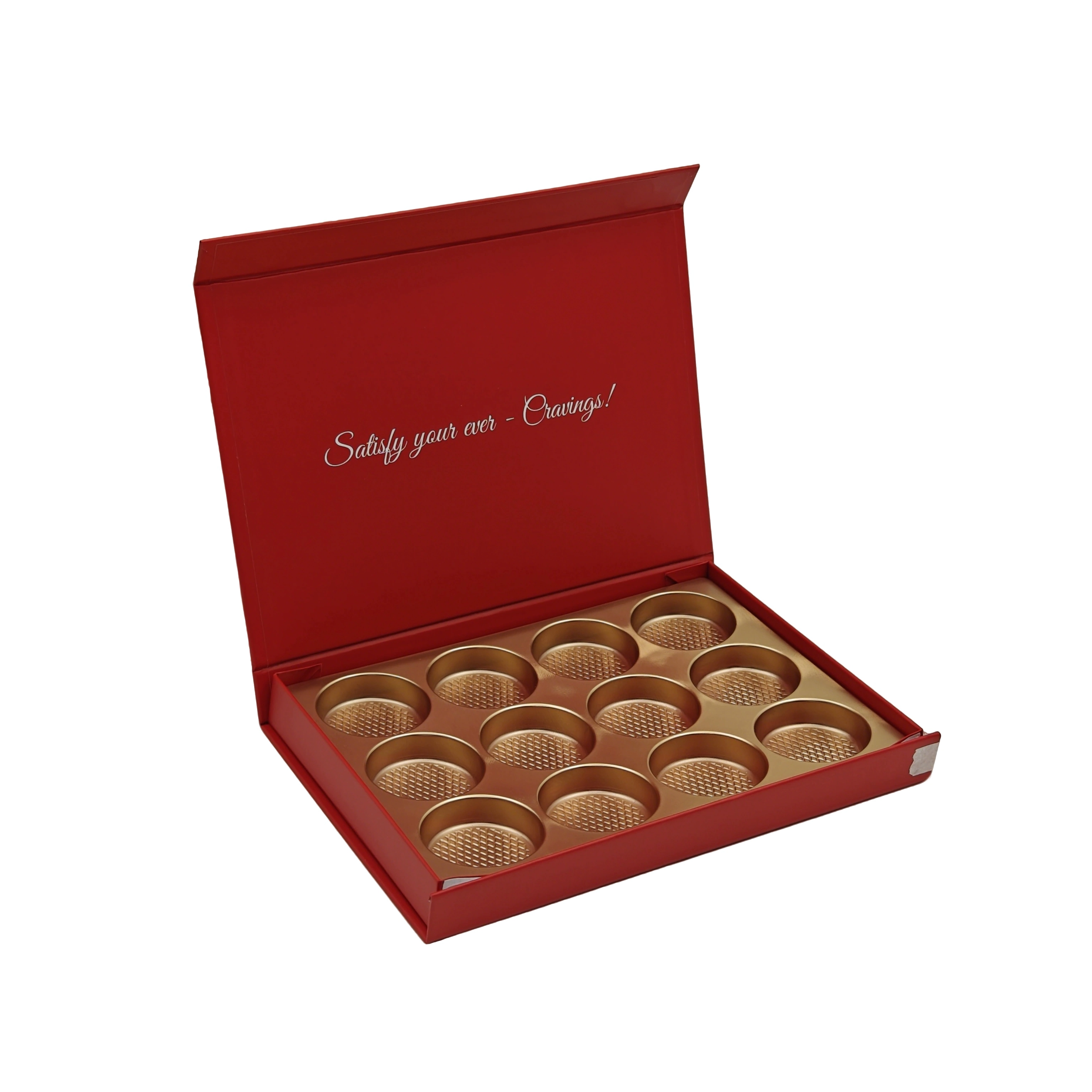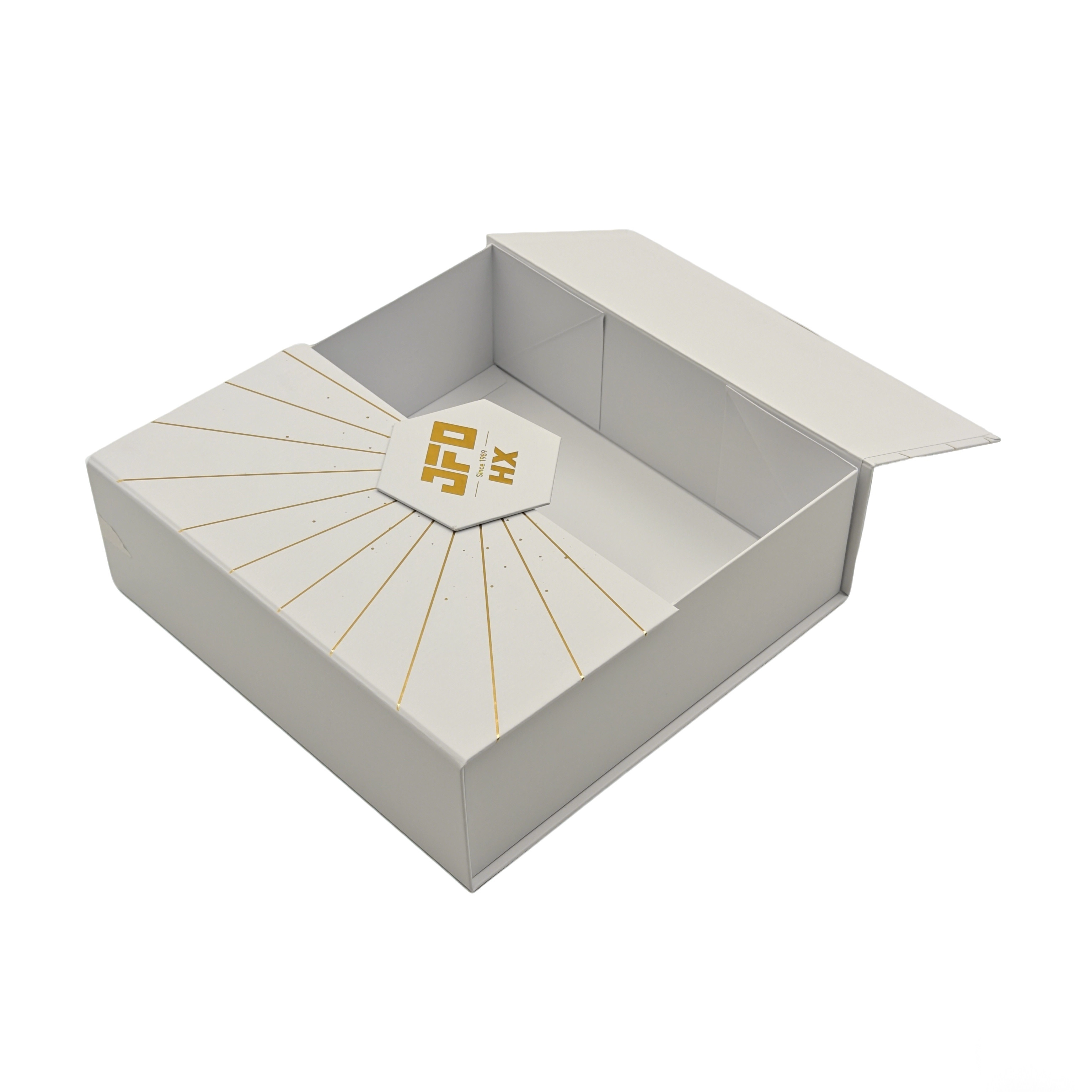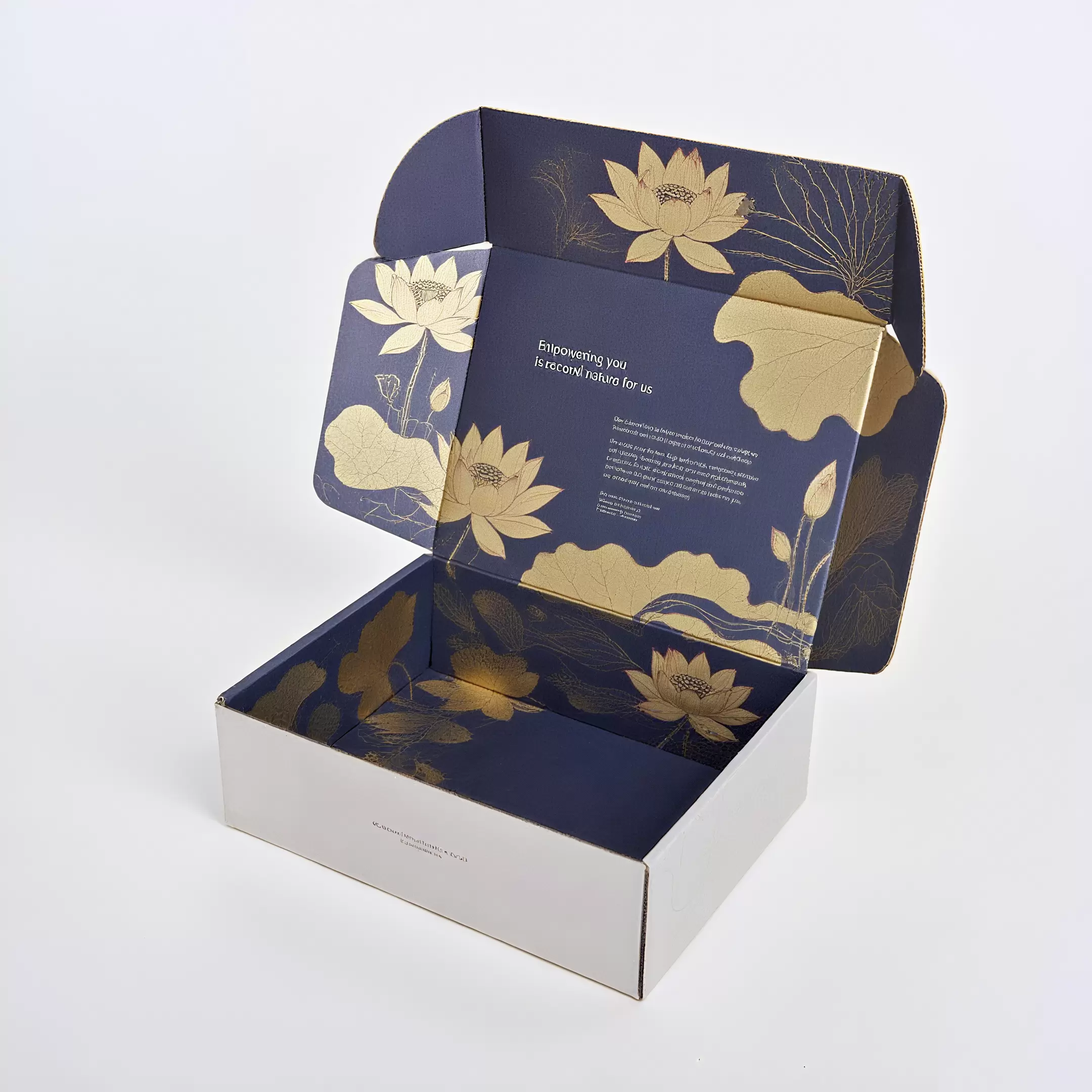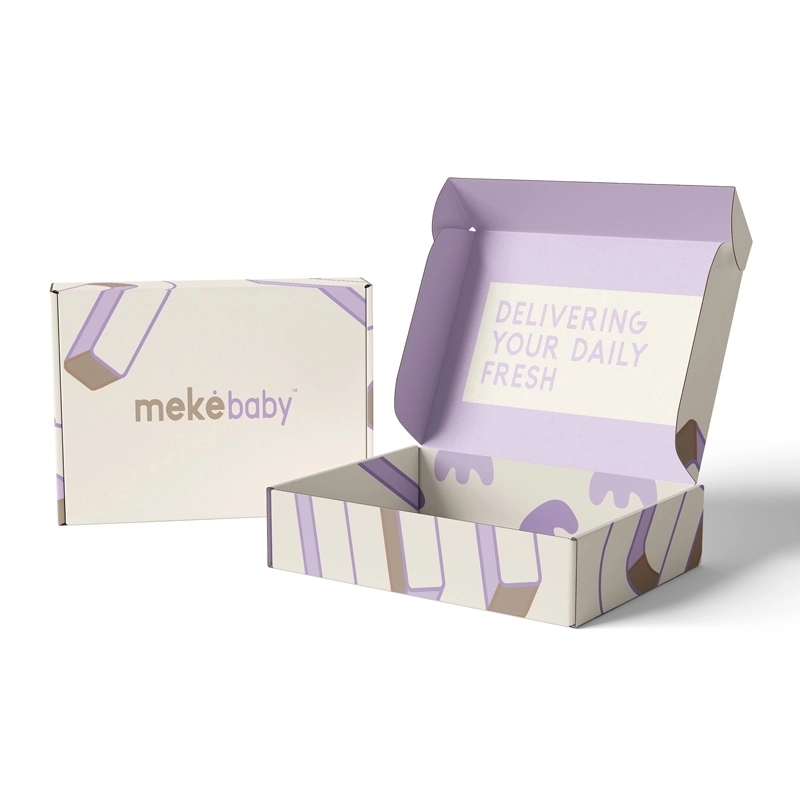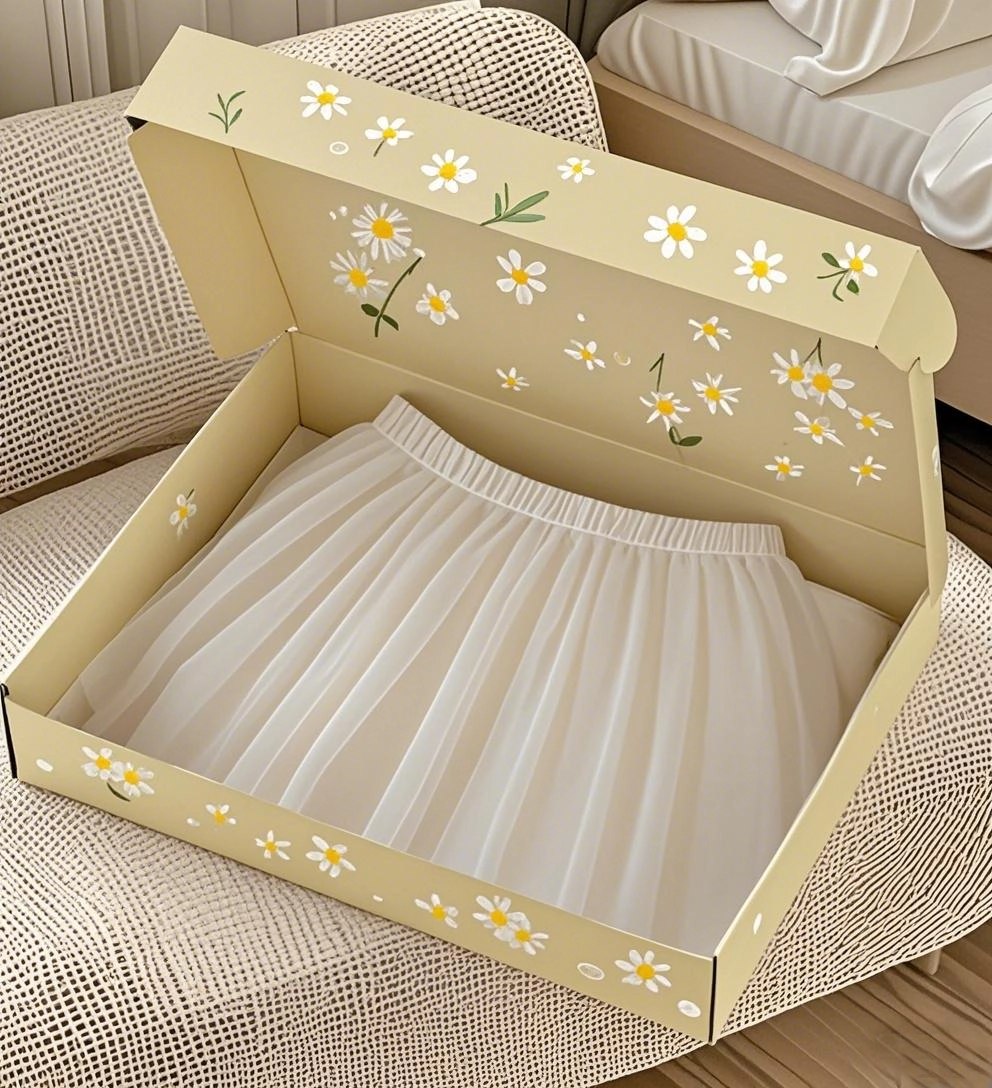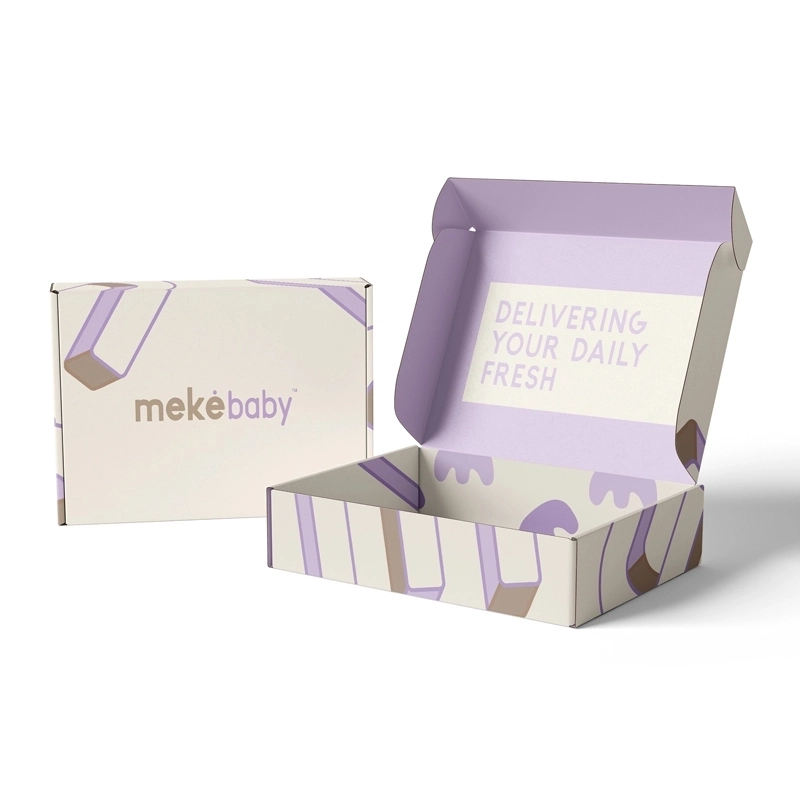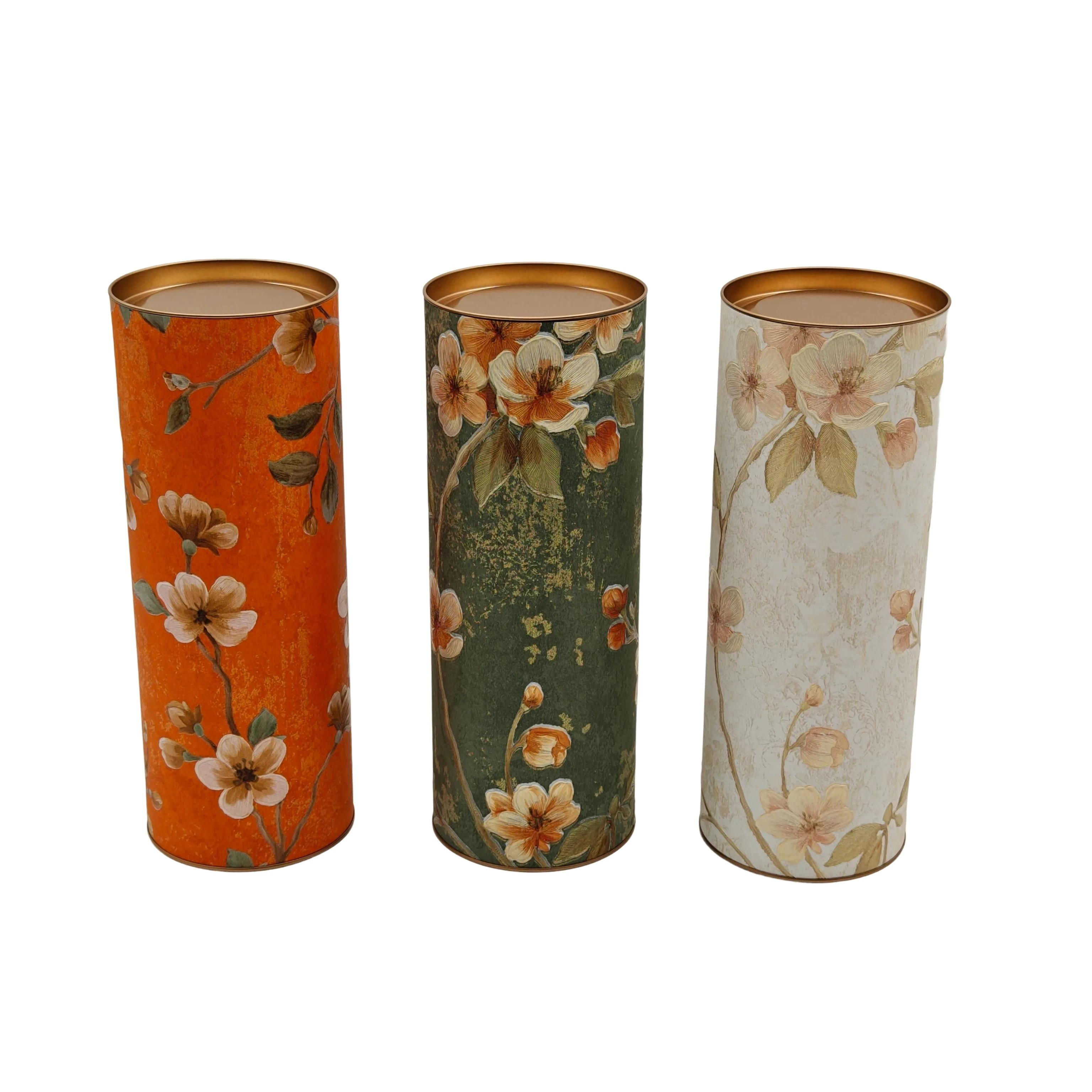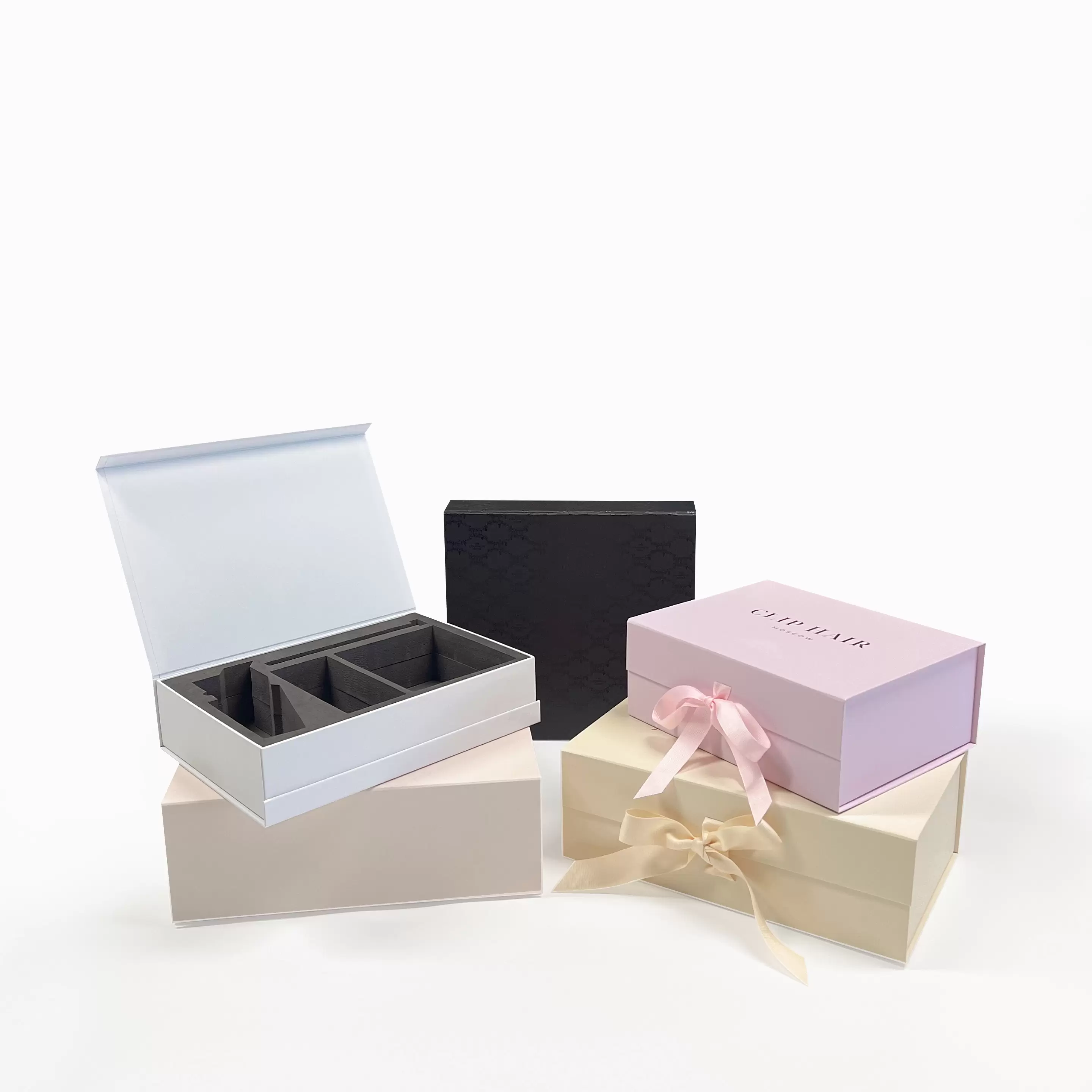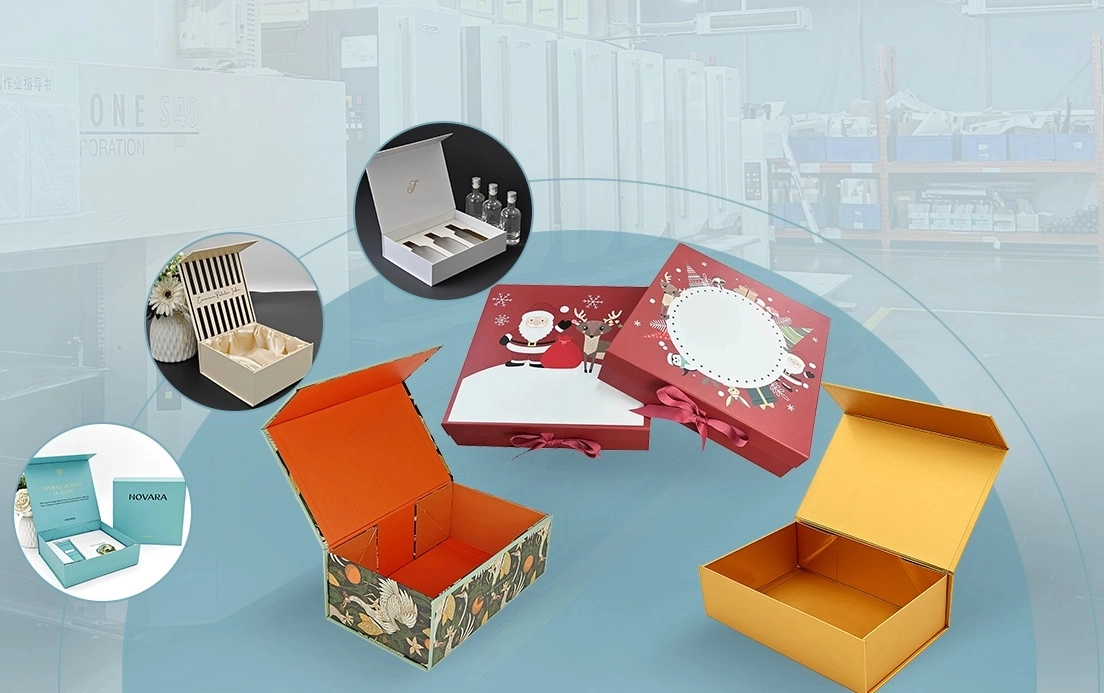
In the world we live in, magnetism is like a mysterious, invisible magician, quietly playing a huge role. From the compass guiding humans across the vast ocean to the maglev train shuttling through the city at lightning speed, the charm of magnetism is everywhere. When this mysterious power is integrated into daily life and transformed into a small magnetic box, it can not only store trivial items for us but also become a creative handicraft. Today, let us walk into the world of magnetic box making and uncover the wonderful corner of magnetic application with our own hands.
— The Steps to Make a Simple Magnetic Box
1. Material Preparation
● A box (can be a plastic box, paper box, etc.; choose the appropriate size and material according to your needs)
● Magnets (choose the proper number and strength of magnets according to the size of the box, such as neodymium iron boron magnets)
● Screwdriver, screws (if you need to fix the magnets)
● Glue (for sticking magnets or other decorations)
● Scissors, utility knife (for cutting and trimming materials)
● Decoration materials (such as colored paper, paint, etc., optional)
2. Production Steps
Prepare the Box
Clean the box and make sure the inside and outside surfaces are smooth. If it is a cardboard box, you may need to reinforce the corners with glue or tape to make the box stronger.
Install the Magnet
Determine the installation position of the magnet in the box. If the box is a hard material such as plastic or wood, you can use a screwdriver to punch holes in the box and then fix the magnet inside the box with screws. If it is a paper box or softer material, you can also directly glue the magnet to the inner wall of the box with glue. Note that the magnets should be arranged in a certain pattern, such as placing opposite poles on opposite sides to produce a stronger magnetic attraction effect. At the same time, make sure that the magnets are firmly installed and will not fall off easily.
Decorate the Box (optional)
According to your preferences, you can decorate the box with colored paper, paint, etc., to make it more beautiful. For example, you can wrap the outside of the box with colored paper or draw some patterns on the box with paint.
Test the Magnetic Box
Put some items that can be attracted by magnets, such as paper clips, small nails, etc., into the magnetic box and observe the magnet's attraction effect on these items. If you find that the magnetic force is not strong enough or the magnet is not installed in the right position, you can make adjustments.
During the production process, pay attention to the polarity and installation direction of the magnet, and avoid placing the magnet close to some electronic equipment or magnetically sensitive materials to avoid interference or damage. At the same time, if you use a strong magnet, be careful to prevent your fingers from being pinched.
— Precautions for Making Magnetic Boxes
When making magnetic boxes, there are some precautions in terms of material selection, magnet installation, safety protection, etc., as follows:
1. Material Selection
Box Material
Give priority to boxes that are sturdy and have uniform materials, such as hard plastic boxes or wooden boxes. If you choose a paper box, make sure it is thick and hard enough; otherwise, it will be difficult to withstand the suction of the magnet, which may cause the box to deform or be damaged.
Magnet Type
Choose a suitable magnet according to actual needs and budget. Neodymium iron boron magnets have strong magnetism but are relatively expensive and fragile; ferrite magnets are more affordable but have slightly weaker magnetism. At the same time, the size and shape of the magnet should be determined according to the size and purpose of the box to ensure that it can be reasonably installed in the box and achieve the expected magnetic effect.
2. Magnet Installation
Installation Position
Before installing the magnet, you need to plan the position and try to make the magnets evenly distributed to ensure the balance of the magnetic force. If it is used to store small objects, the magnets can be installed on the lid and bottom of the box, which can better absorb the items and prevent them from shaking in the box.
Fixing Method
When using screws to fix magnets, pay attention to the length and thickness of the screws to avoid being too long to penetrate the box or too thin to fix firmly. If glue is used, choose glue that is highly sticky and not easily affected by magnetism, such as epoxy resin glue, and make sure the pasting surface is clean and dry to ensure the pasting effect. At the same time, pay attention to the instructions for use and curing time of the glue. Do not move the magnet at will before the glue is completely cured.
3. Safety Protection
Prevent Pinching
When installing or debugging magnets, be careful not to get your fingers caught by the magnet or get pinched by the magnet and the edge of the box due to the strong suction of the magnet. Especially when using strong magnets, pay special attention and try to use tools to assist the operation.
Avoid Accidental Ingestion
If there are small magnet particles or parts in the production process, keep them out of reach of children to prevent them from accidentally ingesting them. If accidental ingestion occurs, seek medical attention immediately.
Stay Away from Electronic Devices
The finished magnetic box should be kept away from electronic devices such as mobile phones, computers, and watches, because the magnetic field of the magnet may interfere with the normal operation of electronic devices and even cause permanent damage.
4. Other Aspects
Testing the Magnetic Force
After completing the installation of the magnet, the magnetic box should be tested to check whether the magnetic force meets the requirements. You can use some common metal objects, such as keys, coins, etc., to test the strength and adsorption range of the magnetic force. If you find that the magnetic force is insufficient, you should promptly check whether the magnet is installed correctly or consider replacing the magnet with a stronger magnet.
Appearance Treatment
If you have high requirements for the appearance of the magnetic box, you can carry out appropriate decoration and beautification after the production is completed. However, it should be noted that the decorative materials should not affect the magnetic force of the magnet, and at the same time, ensure that the box and magnet will not be damaged during the decoration process.
Maybe you also want to know
How to Make a Collapsible Gift Box?
How to Make a Box out of Cardboard for Gifts?
How to Make a Cardboard Drawer Box?
Top 5 Magnetic Gift Box Manufacturers in China
How to Make a Chocolate Box with Cardboard?
How to Make a Paper Shopping Bag?
Exploring the Importance of Magnetic Closure Boxes in Luxury Packaging
Creative Packaging: Application of Magnetic Closure Boxes
Table of Contents
Latest Products
-
 Wechat
+8613616008761
Wechat
+8613616008761 -
 Email
Email
-
 Tel
+86-136-1600-8761
Tel
+86-136-1600-8761

 en
en es
es ru
ru fr
fr de
de it
it ja
ja ar
ar pt
pt ko
ko tr
tr nl
nl fi
fi